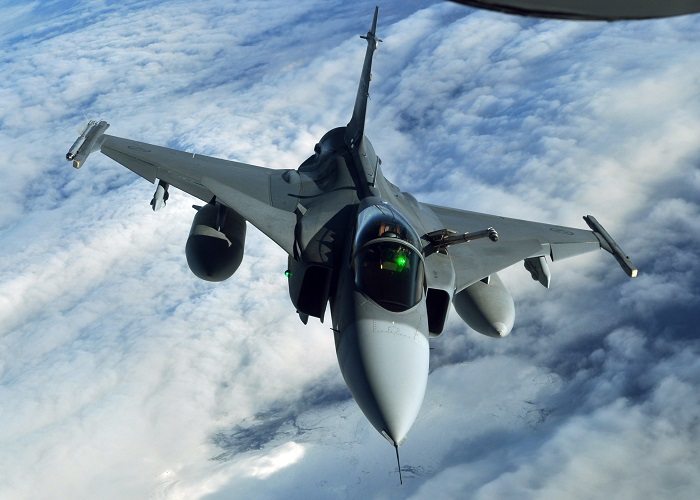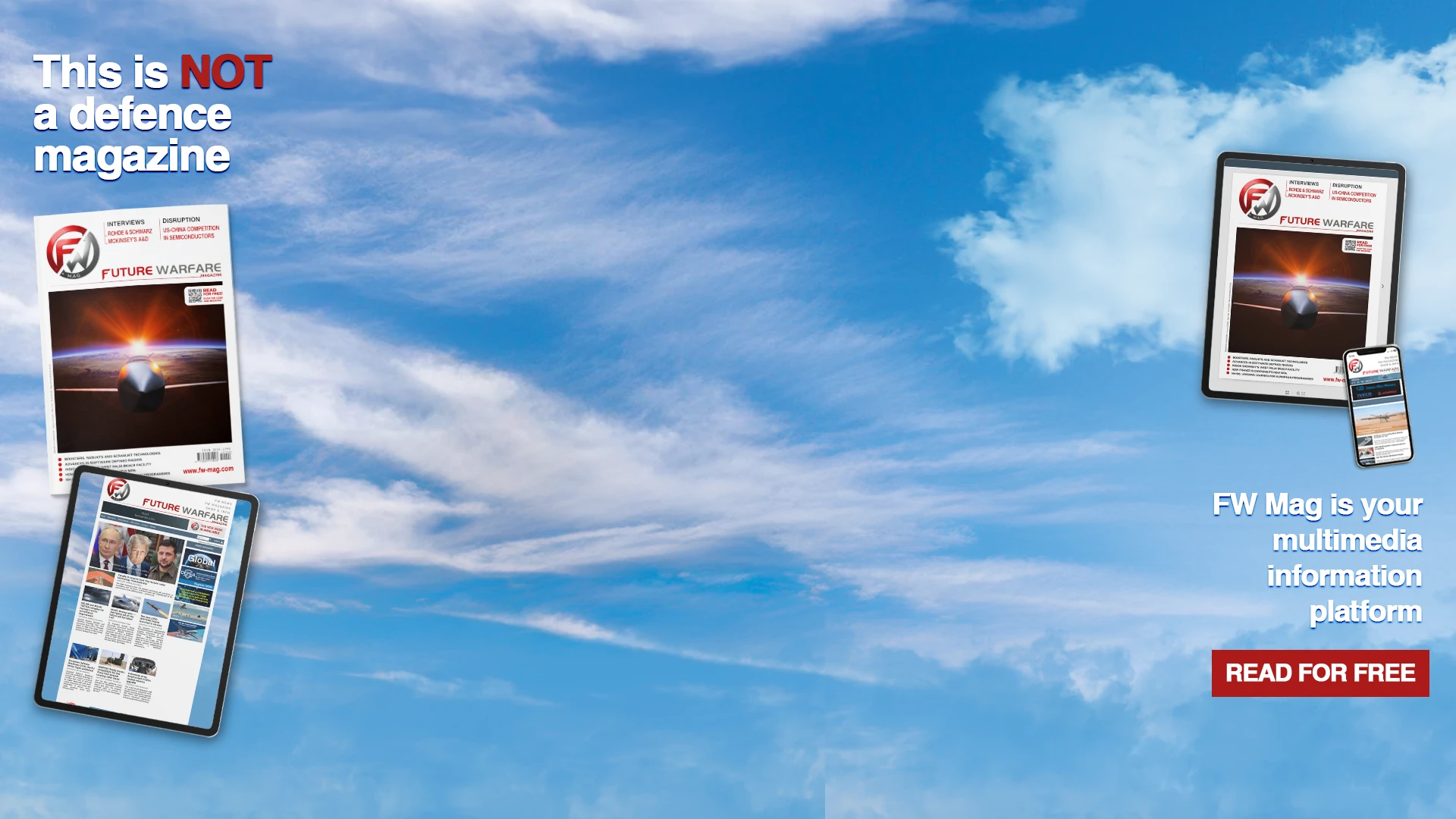
The Swedish government has announced plans to increase its 2026 defense budget by 26.6 billion SEK ($2.87 billion), bringing total military spending to 2.8% of GDP in response to mounting regional security concerns. This marks another step in a sustained upward trajectory: since 2022, Sweden’s defense budget has grown to 100 billion SEK. The adjustment aligns the country more closely with NATO benchmarks and moves it toward its long-term goal of allocating 5% of GDP to defense.
According to the Swedish Ministry of Defence (MoD), the 2026 investment package will focus on priority procurements shaped by lessons learned from the war in Ukraine. These include air defense systems, rocket artillery, ammunition, and combat vehicles for the Army; new surface combatants for the Navy; and tactical transport aircraft along with long-range strike capabilities for the Air Force. The plan also reinforces cyber defense, intelligence, and preparedness, while allocating resources to improve recruitment and salaries for military personnel.
Reflecting on the conflict in Ukraine, the MoD emphasized the urgency of accelerating capability development. The budget proposal also earmarks resources to bolster Sweden’s defense industrial base. This includes the establishment of a new defense innovation unit (initially funded with 6 million SEK), investments in research infrastructure, and the protection of breakthrough technologies. To foster stronger cooperation with industry, the government will also create a dedicated defense industrial cooperation office, which will receive 3 million SEK in 2026, 5 million SEK in 2027, and 6 million SEK annually from 2028 onward.
The MoD cited Russia’s threat and the “prevailing security situation” as the main drivers of this renewed fiscal effort, noting that Sweden is undergoing “the most comprehensive reinforcement” of its defense capabilities since the Cold War. All measures are designed to support Sweden’s Total Defense concept: a strategy to safeguard national independence by buying time, ensuring operational flexibility, and deterring aggression through a posture defined by strength, resilience, preparedness, and effective command.








.png)
